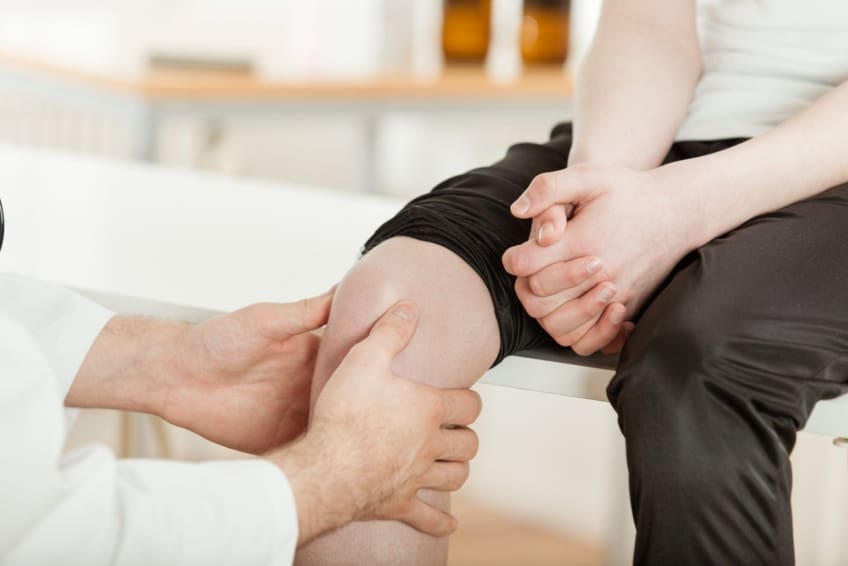
What is Osgood-Schlatter disease?
Osgood-Schlatter disease is one of the most common causes of knee pain in growing children and athletes. Osgood-Schlatter is more common in boys than girls. It can occur during a growth spurt in pre-teens or teenagers. Kids who also play sports—especially running and jumping sports—are at greater risk.
Symptoms of Osgood-Schlatter disease
Osgood-Schlatter can affect one or both knees. The main symptoms are swelling and pain below the knee and above the shin bone (tibia). Activities that require running, jumping, and climbing may make the pain worse.
What causes Osgood-Schlatter disease?
The leading cause of Osgood-Schlatter disease is pulled or overused muscles around the knee.
How is Osgood-Schlatter disease diagnosed?
Your doctor will examine your child and discuss their symptoms. Your doctor may also want to do a knee X-ray to make sure the pain isn’t caused by something else.
Can Osgood-Schlatter disease be prevented or avoided?
Have your child do regular stretching and strengthening exercises. This is the best way to prevent Osgood-Schlatter disease.
Osgood-Schlatter disease treatment
In most people, Osgood-Schlatter disease goes away on its own with rest and time. Your doctor may prescribe some exercises for your child to strengthen the quadriceps and hamstrings (muscles around the knee). These may be done at home or with a physical therapist.
While your child is recovering, your doctor may suggest that they rest from normal activities. This could mean cutting down on time spent playing sports until the pain has improved for a few weeks. Your child may need to avoid any activity that requires deep knee bending. They may also need to avoid or limit the amount of time running and jumping.
Your child can apply ice to their knee to reduce swelling and relieve pain. After applying ice, wrap your child’s knee with an elastic bandage and keep the leg elevated. Use the word RICE to help remind you of this at-home treatment:
R = Rest the knee from the painful activity.
I = Ice the knee for 20 minutes, 3 times a day.
C = Compress the knee with an elastic bandage.
E = Elevate the leg.
If these treatment steps don’t work, the doctor may suggest that your child wear braces. These can help reduce tension on the muscles and tendons around the knee. Pain relievers such as acetaminophen (one brand name: Tylenol) or ibuprofen (one brand name: Motrin) may help relieve the pain and swelling. Do not give aspirin to children under 18 years of age. It can cause Reye’s syndrome. Your child may need to use crutches for a while to allow complete healing. As a last resort, your child’s doctor may suggest surgery.
Living with Osgood-Schlatter disease
Once your child stops growing, the pain and swelling should go away because the muscle attachment spot has closed and is solid. It is rare for Osgood-Schlatter disease to persist into adulthood.
It may take several weeks or months for the pain to stop. Once the pain is gone, your child may slowly return to their regular activity.
If your child ignores or plays through the pain, the disease may get worse and be more difficult to treat.
Questions to ask your doctor
- What is the cause of my child’s knee pain?
- What is the best treatment option?
- What kind of activities should my child avoid?
- How long before my child’s pain goes away?
- Is it possible for my child’s knee pain to return? Is there anything we can do to prevent that from happening?
- Is it safe for my child to play sports?
![]()
Copyright © American Academy of Family Physicians
This information provides a general overview and may not apply to everyone. Talk to your family doctor to find out if this information applies to you and to get more information on this subject.






